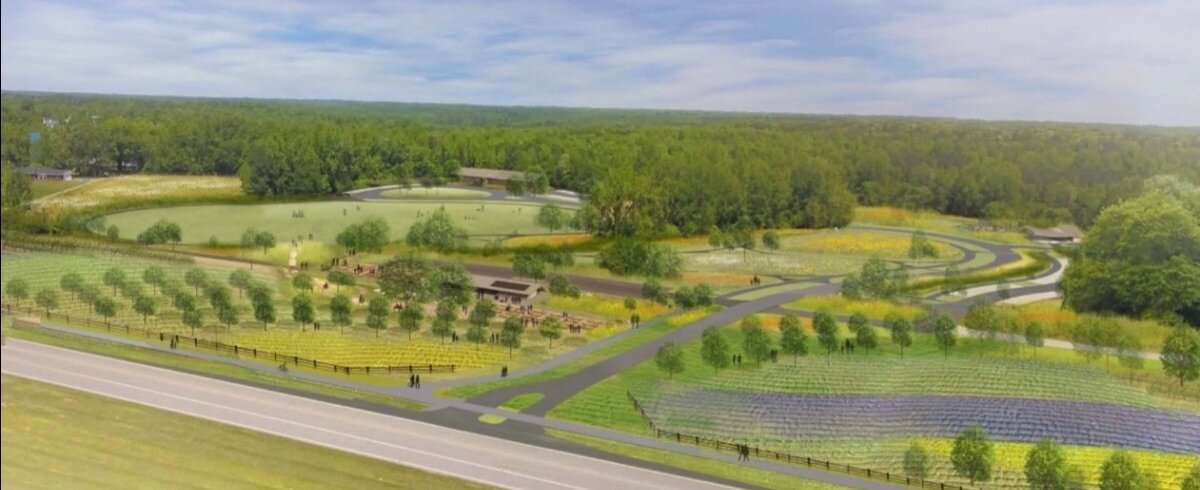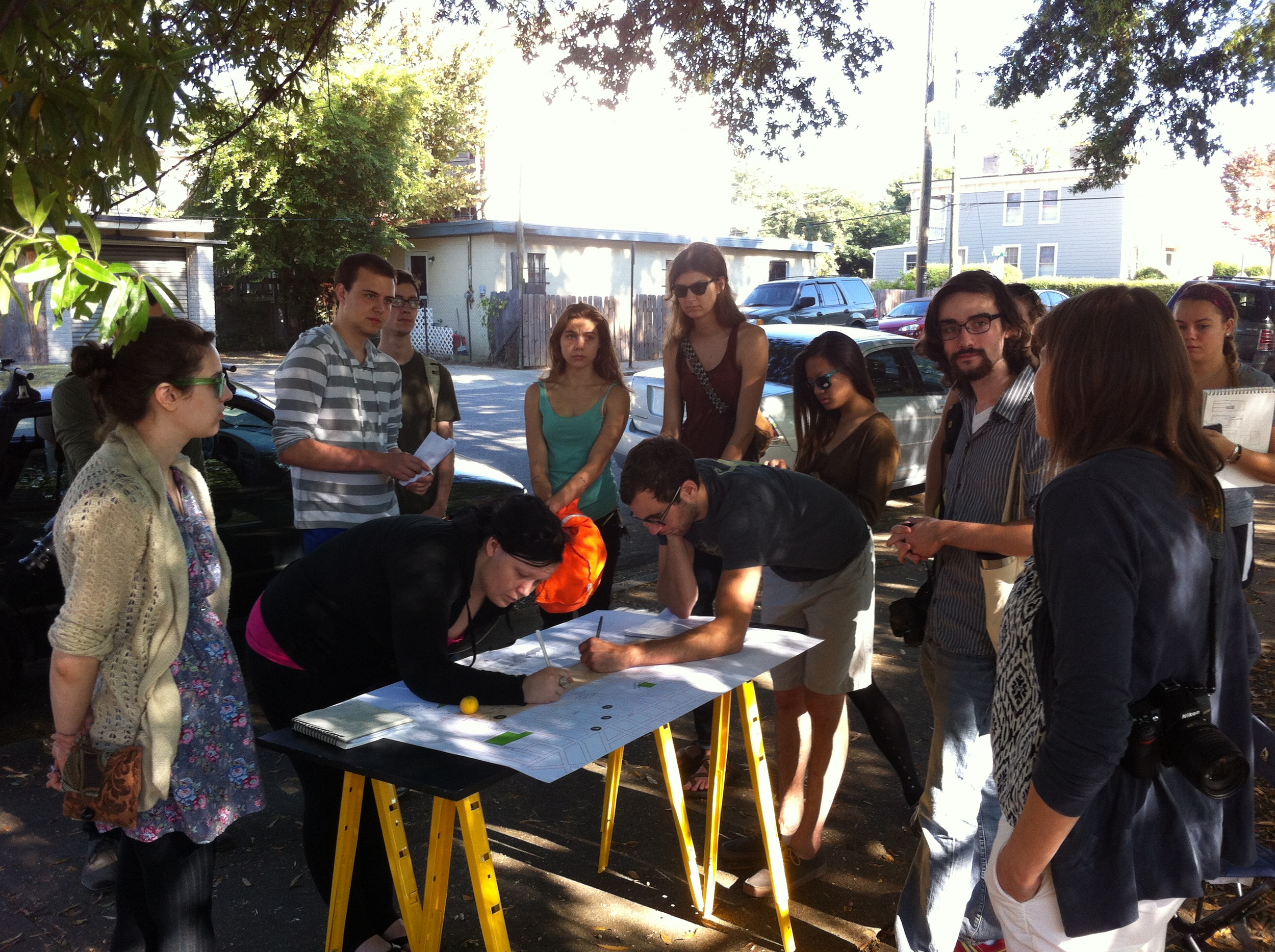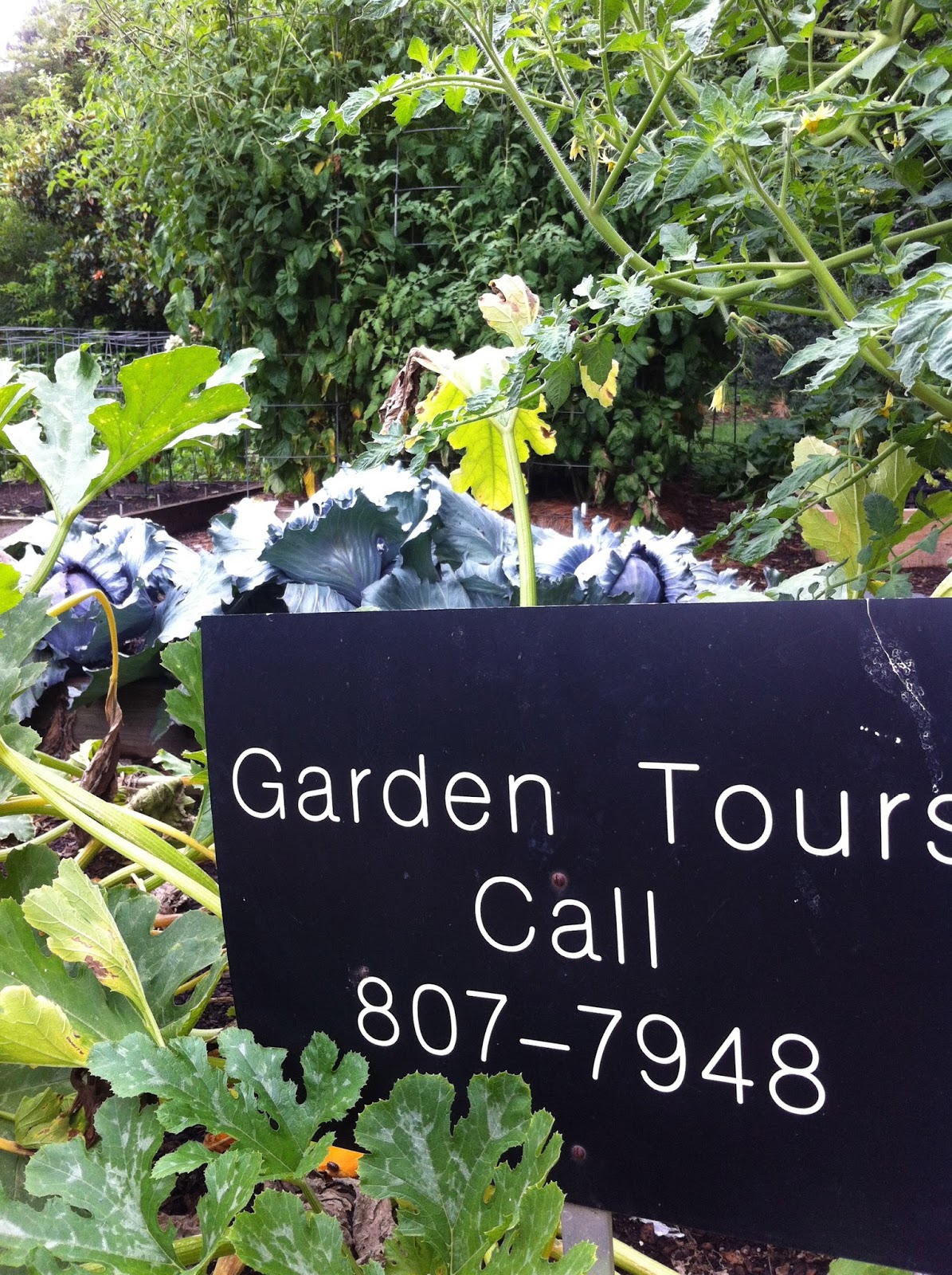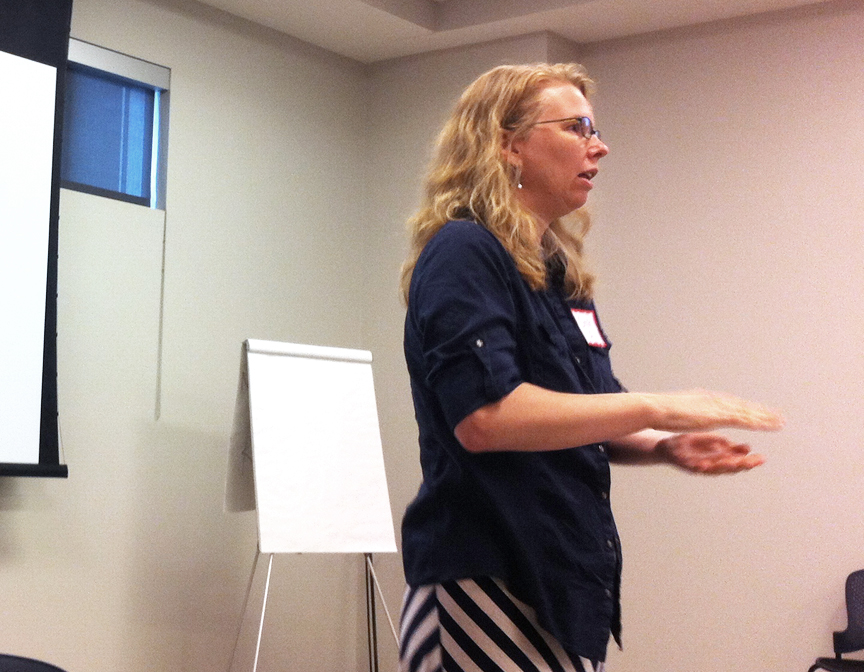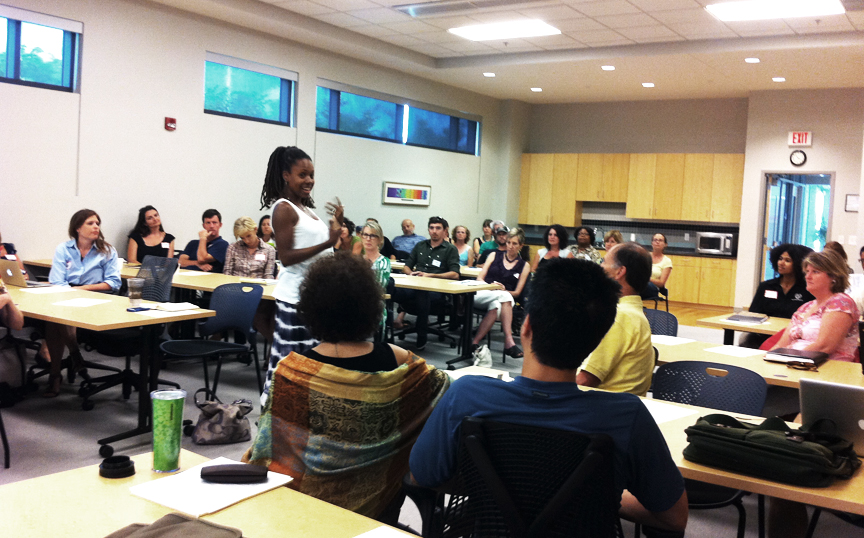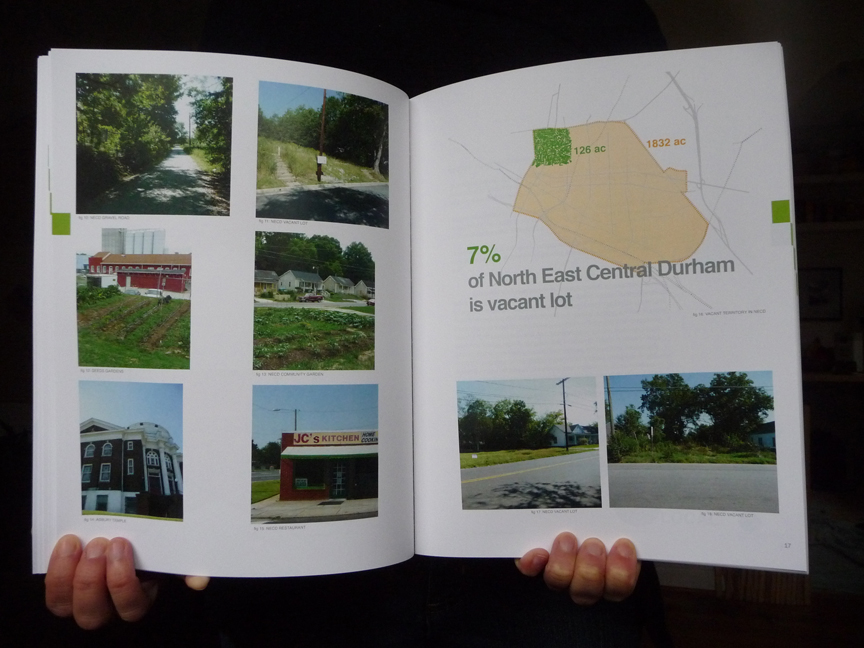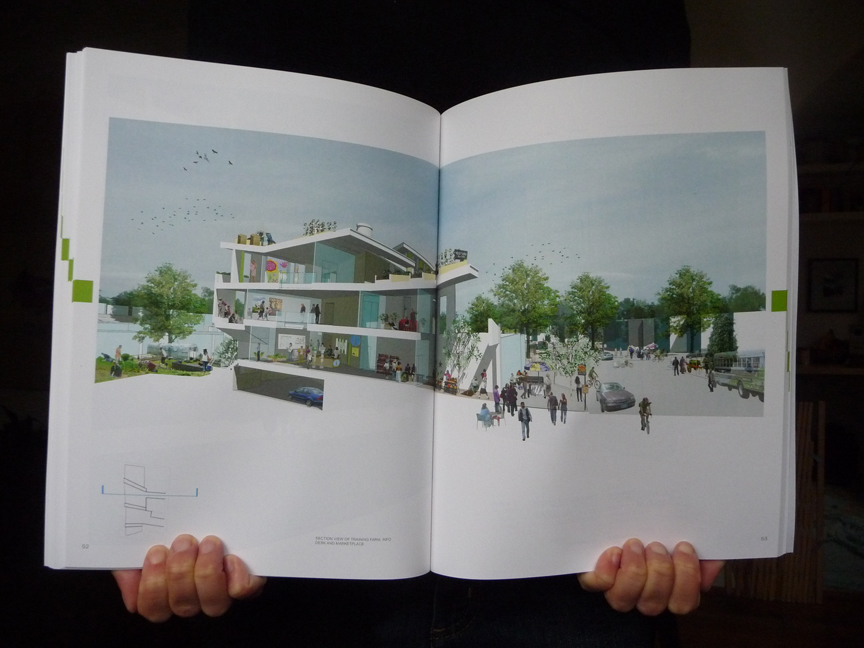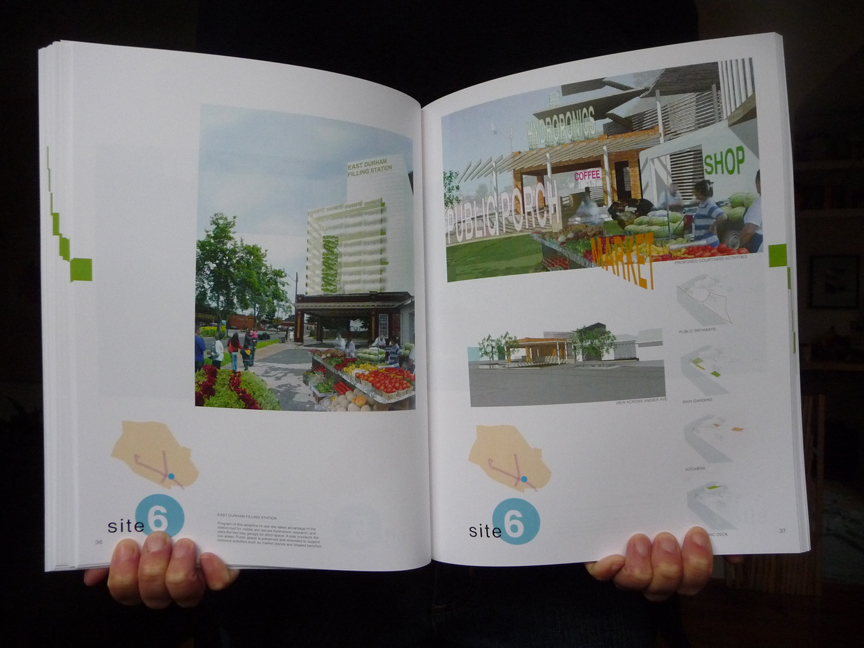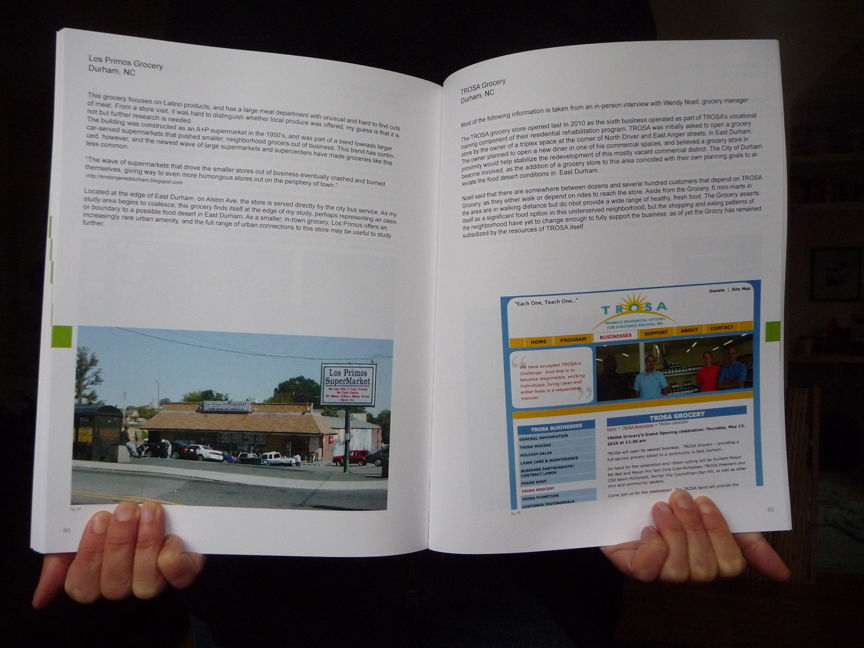Food systems are complex. Let's start with that.
Finding solutions to wicked problems in food systems like hunger, obesity, farmland loss, and food security won't come through simple responses - these challenges require committed effort, creativity, and coordination of multiple voices. Solutions will have to be as complex, as rich, as the food system itself.
Today's food movement embraces the scale of these wicked problems with ambitious goals. Ensure access to healthy food for everyone. Drive vibrant local economies with strong relationships around local food. Make amazing places throughout small towns and big cities using food as the creative and community spark. Food systems ought to make people and places healthier, safer, and happier - it's an idea that resonates with committed food folks and attracts new players to the movement.
Who are these new players? Municipalities and nonprofits are exploring their roles in a better food system, recognizing the urgent need for better food systems as well as the incentives for doing food better. Entrepreneurs and investors are looking to socially-responsible business models that combine profitability with the energy of food system change. Consumers, especially, are looking for ways to be part of a better food system through brand choices and shopping patterns.
In the multi-faceted food system work at Community Food Lab, we've gotten to know individuals, neighborhood groups, faith communities, non-profit organizations, advisory boards, university initiatives, food policy councils, and municipal and county government. Some of the people involved are food experts, but many are brand new to food system thinking. Some groups are built as collective, non-hierarchical organizations, while some wrestle with deep layers of bureaucracy.
If all of these groups are ready to join in creating better food systems, what can they do when they show up?
Collaborate collaborate collaborate.
Collaboration leads to the resilient networks necessary for rebuilding a healthy food system.
The key element in effective collaboration is effective listening. Sharing a cup of coffee and big ideas is a great way to start a collaboration.
Collaboration isn't always easy, especially for groups with ingrained habits that limit constructive interaction and long-view collaboration. There are pragmatic challenges in collaborating, but as more groups and players see the importance of food thinking and investment, obvious opportunities to connect open up around shared food system interests. Connecting common food interests and building shared agendas through collaboration allows the resources from each group or organization to make greater impact around food problems.
Find your role in a comprehensive approach combining leadership, coordination, and creativity.
The food problems facing us are massively complex. How do you solve childhood hunger, for instance? Or obesity? Or the ageing out of our nation's farmers? Or building urban food production to keep up with rapidly growing cities?
First off, no single solution or single group will solve them. Remember 'collaboration,' above?
Solving these problems will require big picture vision and flexible strategy as well as energetic, anything-goes, passionate grassroots creativity. It's a top-down and bottom-up situation. To capture the impact and power of both parts of problem-solving, new mechanisms are needed to coordinate and support collaboration between top-down and bottom-up efforts so that successful ideas are replicated, extra resources can move where they are needed, and we can measure progress as we go.
Within growing collaborations and networked communities of food action, leadership, coordination, and creativity are critical to develop. Every person, organization, or group will have their own natural fit into these areas. Some may be strongest with a singular focus. Others will find themselves pushing all three.
Most important? See your work as part of a larger, collaborative, multi-level approach to changing the system.
Leadership
Who brings people together to discuss and define problems? Who pushes to develop a shared vision that inspires everyone's best efforts? Who gets out in front with statements of commitment and contributions of resources, building confidence for other groups to get involved and stay involved in food system change?
Leadership can come from many different places within this diversity of groups, and need not be from a single source. Effective leadership focuses on making everyone's work better and celebrating everyone's best ideas and achievements.
It's a leader's task to constantly remind us where we are heading, making corrections as we go. But it's important to remember that if everyone focuses only on the destination, you'll miss the opportunity around you. An effective leader knows that it's not just about the destination, nor is it really about the leader. It's about
Coordination
We need new coordination tools and energy to rebuild smart, resilient food systems that leverage all kinds of creativity and new forms of resources to move shared efforts at large-scale change.
Resilient systems are built on relationships. Healthy food systems are incredible at building and sustaining the many relationships that allow information to travel through the system like a network, keeping everyone updated and keeping the system smart.
A smart, more resilient food system is capable of shifting and flexing against outside forces, and ensuring that our food system is secure and sustainable. The problem our food systems face in this regard is that we have lost many of the means by which a resilient food system is built. Coordination today is about connecting the diverse, separated parts of the food system, and rebuilding a network of communication to support better use of resources, develop new markets, and create opportunities for new ideas through open dialogue across silos.
Landscape of Creativity
Creativity can be stifled or fostered.
Envision, for a moment, a landscape. In this landscape there are steep hills and gentle valleys. There is hot sun and there are shady pathways. There are natural places where we are drawn and are comfortable, like a quiet riverbank or meadow.
Now, imagine creativity as a traveler in this landscape. Where does it naturally want to go? Does it want to walk a level path, or thrash uphill through rocks and brush? Does it want a breeze? A place to sit? Or will it climb mountains for the view and sense of accomplishment?
If this is the landscape of creativity, we can push and pull the features to help direct creativity where we want it to go. Creativity is a living thing that we can nourish and direct, and naturally it will travel the most rewarding routes.
If we want to attract creativity to food systems thinking, to bring innovative community and business solutions to these problems, we need to shape the landscape to do that. We need to remove barriers and create a welcoming place that will attract creativity and help it linger. The Heath brothers talk about shaping the path in Switch, and this is a similar idea.
An environment with barriers to trying new things or cultures of closely-guarded secrets tend to diminish creativity. On the other hand, the creativity of an entire community can be magnified if ideas are treated as a shared resource, incentives are developed for creating new solutions to our shared problems, and the barriers to innovation are smoothed out.
Creativity is required to solve our serious food system problems. Guided by capable leadership and linked to coordinated resources, creativity can help move us out of traditional problem-solving and begin capturing the disruptive opportunities infusing many other industries and the power of innovation.
Creativity means escaping from the traditional patterns in order to see things differently. - Eliot Coleman

